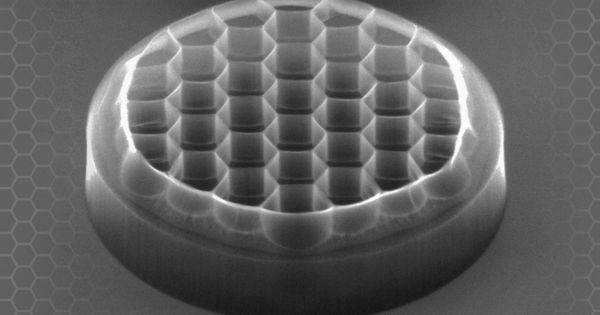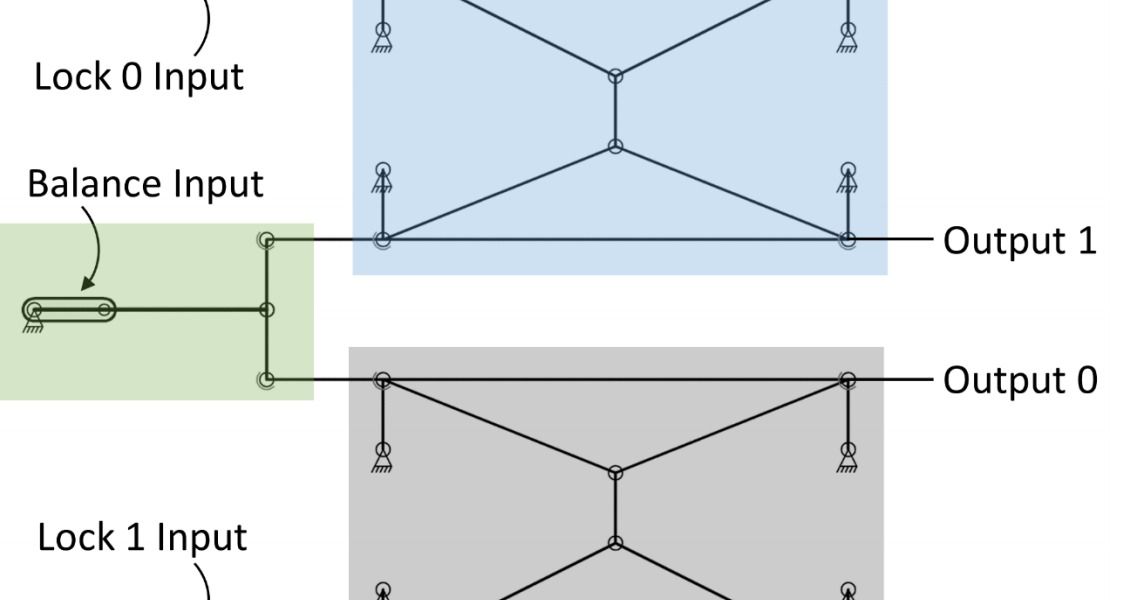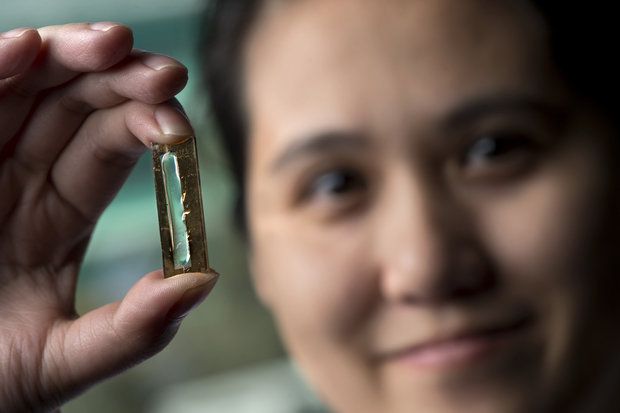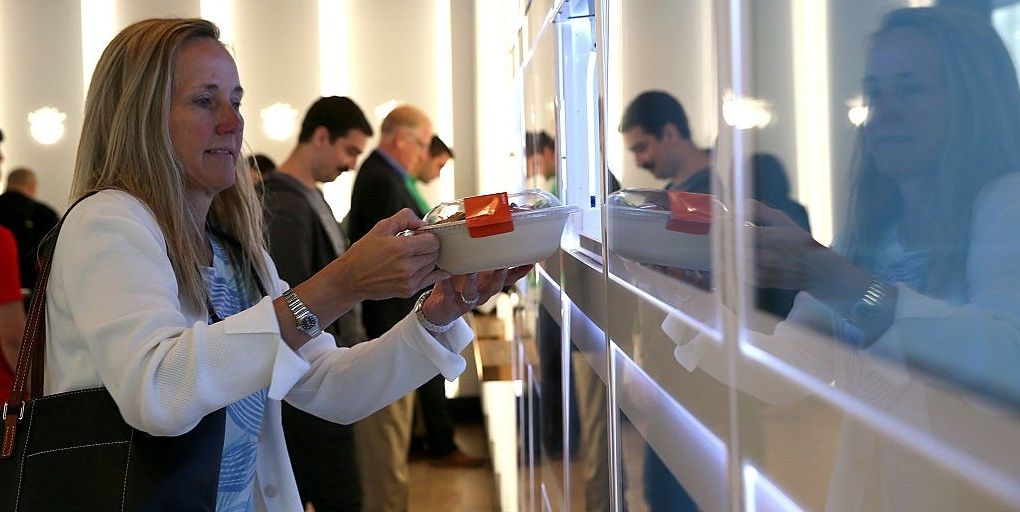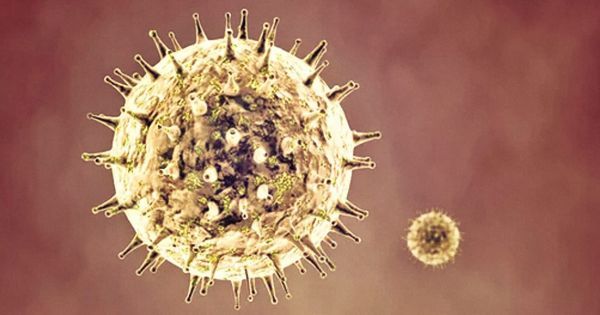Page 11243
Apr 25, 2016
“Smart Homes?” Not Until They’re Less Dependent On The Internet — By Jared Newman | Fast Company
Posted by Odette Bohr Dienel in categories: big data, business, computing, innovation, internet
“Buying into a smart home ecosystem is sort of like selecting a holy grail in the Temple of the Sun. Choose poorly, and everything crumbles.”
Apr 24, 2016
Gene Editing Made Easier, Thanks to Carbon Nanotubes
Posted by Shailesh Prasad in categories: bioengineering, biotech/medical, genetics, nanotechnology
In a new study, researchers detail the culturing and transfecting of cells with genetic material on an array of carbon nanotubes, which appears to overcome the limitations of other gene editing technologies.
Gene editing techniques hold great promise. They allow targeted and specific edits of genes, and have nearly limitless possibilities in the field of medicine.
Which is not to say that they are perfect. These techniques still have a range of limitations, from precision to toxicity. But a new study shows that can be changed.
Continue reading “Gene Editing Made Easier, Thanks to Carbon Nanotubes” »
Apr 24, 2016
Molecular mechanical computer design 100 billion times more energy efficient than best conventional computer
Posted by Klaus Baldauf in categories: energy, supercomputing
Ralph Merkle, Robert Freitas and others have a theoretical design for a molecular mechanical computer that would be 100 billion times more energy efficient than the most energy efficient conventional green supercomputer. Removing the need for gears, clutches, switches, springs makes the design easier to build.
Existing designs for mechanical computing can be vastly improved upon in terms of the number of parts required to implement a complete computational system. Only two types of parts are required: Links, and rotary joints. Links are simply stiff, beam-like structures. Rotary joints are joints that allow rotational movement in a single plane.
Simple logic and conditional routing can be accomplished using only links and rotary joints, which are solidly connected at all times. No gears, clutches, switches, springs, or any other mechanisms are required. An actual system does not require linear slides.
Apr 24, 2016
Air force research lab roadmaps for game changing hypersonic vehicles, directed energy weapons and drones
Posted by Klaus Baldauf in categories: drones, energy, military
Air Force Research Laboratory is working on key technologies in hypersonic air vehicles, directed-energy weapons and autonomy, or human-machine teaming, that will be “game-changers”
Air Force Research Laboratory scientists and engineers have developed an unarmed “cruise missile-like vehicle” that reached five times the speed of sound in tests, and have explored pairing drones with combat fighters in latest realm of technological advances.
Pentagon futurists envision a third-offset strategy to leapfrog U.S. technological capabilities to stay ahead of Russia and China.
Apr 24, 2016
Scientists can now make lithium-ion batteries last a lifetime
Posted by Shailesh Prasad in category: nanotechnology
Who says playing around is a waste of time?
Researchers at the University of California at Irvine (UCI) said that’s exactly what they were doing when they discovered how to increase the tensile strength of nanowires that could be used to make lithium-ion batteries last virtually forever.
Researchers have pursued using nanowires in batteries for years because the filaments, thousands of times thinner than a human hair, are highly conductive and have a large surface area for the storage and transfer of electrons.
Continue reading “Scientists can now make lithium-ion batteries last a lifetime” »
Apr 24, 2016
San Francisco’s first automated restaurant is ‘pure magic’
Posted by Shailesh Prasad in category: robotics/AI
“It’s pure magic,” Eatsa promises.
At San Francisco’s first fully automated restaurant, meals appear in little glass cubbies, just 90 seconds after customers order and pay on wall-mounted iPads. It’s a human-less experience – no waitstaff, no cashier, no one to get your order wrong and no one to tip.
It’s also a parlor trick.
Continue reading “San Francisco’s first automated restaurant is ‘pure magic’” »
Apr 24, 2016
Scientists Use Nanoparticles to Create a ‘Universal Treatment’ for Allergies
Posted by Shailesh Prasad in category: health
A new approach to treating allergies could could not only prevent them, but also strengthen the body’s immune system.
Apr 24, 2016
Can we replicate the human brain? Scientists create nanoscale electronic synapses for neural networks
Posted by Shailesh Prasad in categories: nanotechnology, neuroscience, robotics/AI
Russian scientists have managed to make nanoscale hafnium oxide-based memristors showcase synaptic properties.


